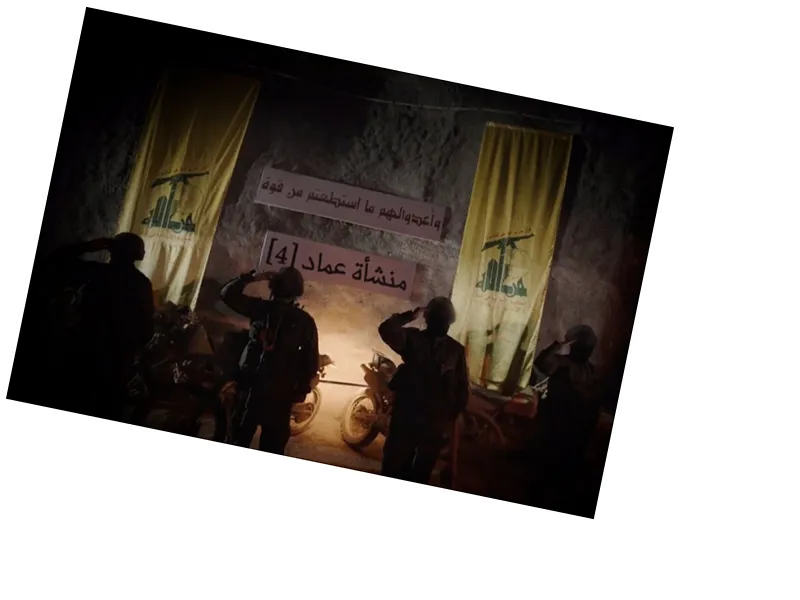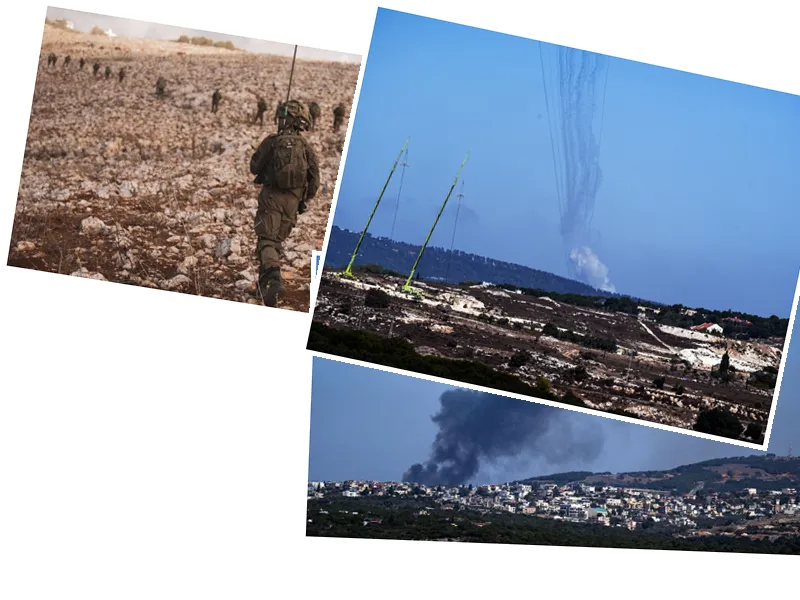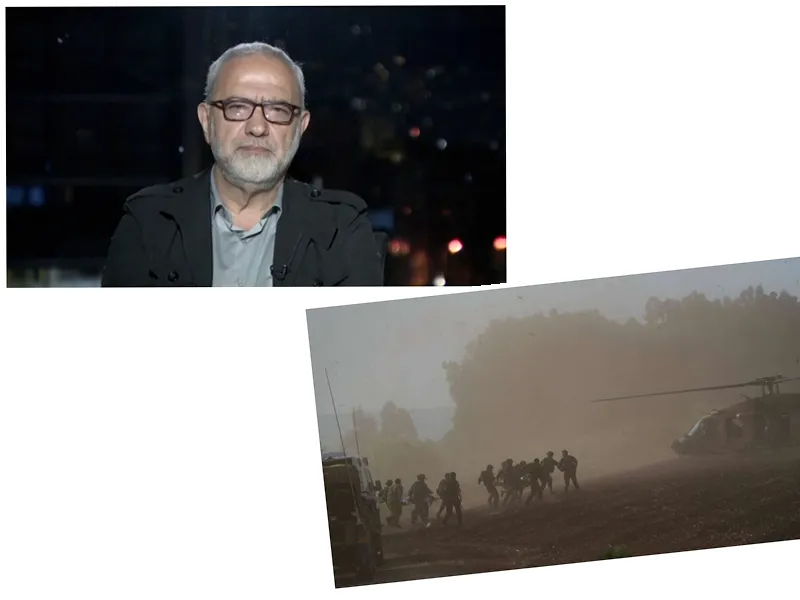Hezbollah's Resilience Amidst Israeli Ground Attacks
On October 1, 2024, fierce clashes erupted between the Israeli army and Hezbollah fighters in southern Lebanon, marking a significant escalation in the ongoing conflict. The Israeli military reported heavy engagements with Hezbollah, asserting that it had suffered casualties, including the deaths of eight soldiers from its commando unit during the confrontations. Despite these claims, Hezbollah officials refuted reports of Israeli ground forces entering Lebanon, emphasizing their capability to target Israeli movements effectively with artillery.
The current conflict comes after a series of Israeli airstrikes aimed at crippling Hezbollah's military capabilities, including attempts to eliminate key leadership figures. The situation raises critical questions about Hezbollah's ability to withstand the Israeli ground invasion, especially following the assassination of its leader, Hassan Nasrallah. Military analysts suggest that while the Israeli army boasts superior conventional strength, Hezbollah has proven adept at hybrid warfare, combining regular and irregular tactics that have historically allowed them to challenge more powerful adversaries.
The Dynamics of Hybrid Warfare
Hybrid warfare, a term that describes the integration of conventional and irregular tactics, is at play in this conflict. Hezbollah has developed a sophisticated military strategy that includes the use of advanced missile technology and guerrilla tactics, enabling it to adapt quickly to battlefield conditions. Despite the Israeli army's technological advantages and substantial support from the United States, Hezbollah's organizational flexibility and innovative combat methods have previously allowed it to effectively counter Israeli operations, as seen during the 2006 Lebanon War.
Currently, Hezbollah is believed to have between 40,000 and 50,000 fighters, many of whom are highly trained. The group has invested significantly in modernizing its missile arsenal, with capabilities that could threaten key Israeli cities and military installations. Such advancements complicate the Israeli military's operational objectives, as any ground invasion is likely to face strong resistance from Hezbollah's well-prepared defensive positions and its extensive network of tunnels.
Implications for the Region
The ongoing conflict has potential implications beyond the immediate battlefield. As Israeli forces prepare for a prolonged engagement, the situation risks escalating into a broader regional confrontation. Analysts warn that the dynamics of this conflict could lead to significant humanitarian crises, with civilian populations caught in the crossfire. The unpredictability of Hezbollah's response, combined with Israel's military strategy, suggests that both sides may face considerable challenges in achieving their objectives without incurring heavy losses.
In summary, the current conflict between Israel and Hezbollah highlights the complexities of modern warfare, where asymmetric strategies and advanced technologies shape the outcomes of engagements. As the situation develops, the international community watches closely, aware that the ramifications extend far beyond the borders of Lebanon.






